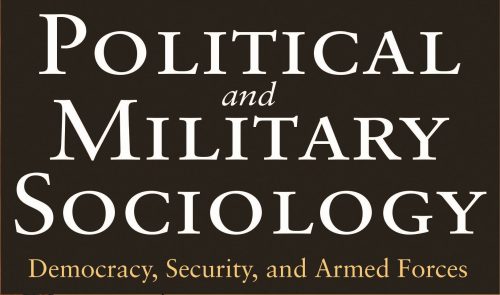Drawing from ethnographic and documentary data, this article examines the character of the social spaces that white power movement (WPM) activists create on the Internet and the linkages to their real world activism. Specifically, we explain how white power activists use cyberspace as a free space to create and sustain movement culture and coordinate collective action. The WPM’s cyberpresence intersects with and enhances their real world activities by offering multiple opportunities for access and coordination. Virtual contact with the WPM community offers members social support, companionship, and a sense of belonging to a community of Aryan believers. We argue that real and virtual spaces are not completely separate spheres but rather closely inter-twined. Consequently, virtual spaces provide an opportunity to parallel and extend the type of interaction present in real world free spaces that are so critical to nurturing and sustaining white power movement culture. Cyberspace is being used to connect all sorts of people, yet the character of those connections is unclear. Some observers argue that cyberspace is a new place of assembly where real world social communities can be established, sustained, or renewed as virtual communities. In The Virtual Community (1993), Howard Rheingold argues the Intemet introduced a new form of community that can help bring people together on-line around shared values and interests, and create ties of support that extend their real world collective interaction. Sherry Turkle (1995:267), a pioneer in studies of identity and interaction on the Intemet, claims that the virtual realm offers “a dramatic Please direct correspondence to Pete Simi,. We want to thank editors Dobratz and Waldner and the anonymous JPMS reviewers for their helpful suggestions on earlier drafts of this article.
